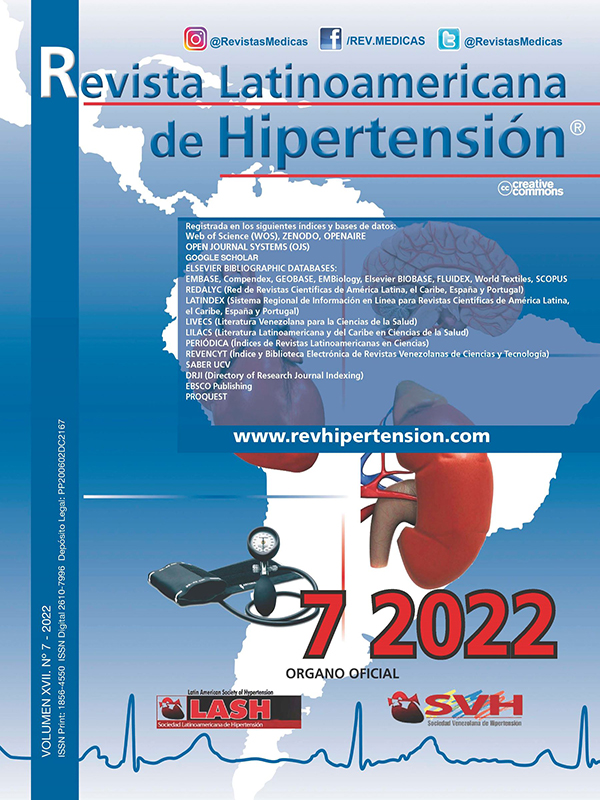A repurposed drug screen for regulating metabolic disease: an overview in the management of traumatic brain injury
Abstract
Introduction & Background: The aim of this study is to review the mechanistic approaches and therapeutic opportunities in the management of traumatic brain injuries.
Methods: A large number of repurposed medicines have been discovered by chance in the lab or through the careful monitoring of drug action in the clinic and retrospective analysis of clinical findings. Statins are broadly used to treat hyperlipidemia and prevent cardiovascular disease although their application as the neuroprotective agents weakening secondary neurological harm is yet limited in traumatic brain injury (TBI).Their other non-cholesterol-mediated (i.e., pleiotropic) mechanisms of action include up regulating endothelial nitric oxide synthase expression, enhancing neurogenesis and synaptogenesis, and anti-apoptotic effects, increased angiogenesis, and various antioxidant and anti-inflammatory mechanisms.
Results: Almost all studies have supported the potential role of statins in neuroprotection, and a few have mainly focused on their effects in traumatic brain injury models.ATP-sensitive potassium (KATP) channels are created, which can be demonstrated in pancreatic islet cells and certain neurons. Transient receptor potential melastatin 4 (TRPM4) is the second pore-forming subunit of SUR1. Upregulating SUR1 and opening SUR1-TRPM4 opening have been observed in the different models related to central nervous system (CNS) injuries such as TBI. Sulfonylurea drugs may prevent neuronal degeneration and improve post-TBI cognitive results by inhibiting the SUR1-TRPM4 channel.
Conclusion: Drug repurposing, known as drug repositioning, is considered a method for redeveloping a compound to utilize in a distinctive illness, which is now becoming a progressively necessary procedure for industrial researchers and the scholarly community.

